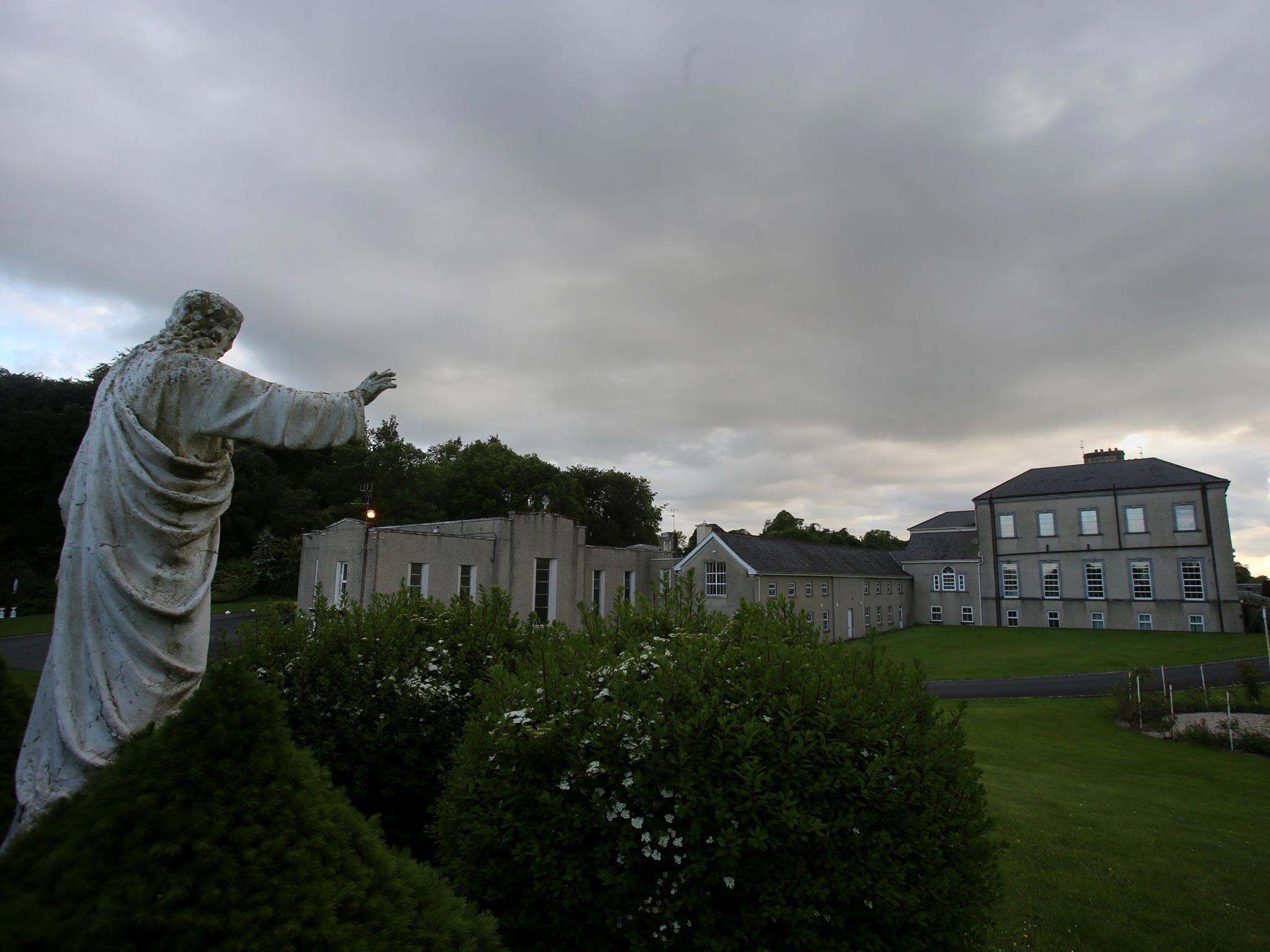Ireland mass graves: Unearthing one of the darkest chapters in Irish history
The "Irish Holocaust" saw hundreds of babies left to die – and the practice may have been more common than first thought

The first glimpse of the horror came in the 1970s when two boys prised up some cracked concrete slabs in the grounds of a home run by the Sisters of the Bon Secours in Tuam, County Galway. One of them, Barry Sweeney, then 12 years old, vividly recalls the moment: “There it was,” he says, “skulls piled on top of each other. It was just bones and bits of rags and whatever, just a jumble.”
He and his friend took to their heels. “We just ran,” he recalls. The adults they ran to were also shocked, but at the time it was not regarded as a sensational discovery, for Ireland holds many unmarked graves, often containing the remains of victims of the 19th-century famine.
The bodies of the infants had been stacked – buried is too formal a word – in a disused septic tank. The scene was sealed, a priest gave a blessing and locals erected a grotto.
Only now is the realisation dawning that for decades the Galway earth has held the skeletons of 800 babies and toddlers in “a jumble” that is one of the country’s most unthinkable secrets.
Each new detail of what is being called the Irish Holocaust brings fresh horror. The children were the offspring of unmarried mothers who were housed in a nearby home run by nuns. Many died of malnutrition, at a mortality rate suspiciously well above the national average.
They were stacked on top of each other, in shrouds not coffins, their bodies consigned to the septic tank over a period of decades. No one yet knows whether they bear any marks of identification: it sounds unlikely. If not, they may never be individually identified.
The episode has already produced shock but worse may be to come: there were numerous similar homes throughout the country, and it is not known what kind of burial arrangements applied there.
Irish nuns have in recent decades gained a reputation for harshness and cruelty towards unwed mothers and their offspring.
Institutions they controlled, such as the Magdalene laundries, were described in official reports as frightening places where inmates were subjected to “rigid and uncompromising regimes with harsh and physically demanding work”.
Food was poor, malnutrition common. In a loveless atmosphere, many children were separated from their mothers and subjected to forced adoption – a story told recently in the film Philomena, starring Judi Dench. about Philomena Lee’s experience.
The Catholic church has taken a pounding from revelations of child sexual abuse by its priests and cover-ups by their bishops. But the burial site at Tuam has conjured up fresh nightmare visions and allegations of nuns behaving with disregard for life: one politician has said what happened was manslaughter.
“They were allowed to die of neglect,” is the accusation from campaigner Susan Lohan. “We have anecdotal evidence from women that babies who had an obvious disability or frailty at birth were not nurtured. They were set aside in a separate room and were just allowed to pass away.”

Such scalding allegations are now to be investigated by government ministers in response to a wave of astonishment and disbelief. A full inquiry has not been announced, but the depth of feeling makes one almost inevitable.
The contempt of the nuns for the children appears to have extended not just to their physical health but also their spiritual well-being. Even in death they were not given Christian burials: their funerals, it is said, were perfunctory affairs before they were put into the septic tank by workmen.
The records show that the children often died of disease in the Tuam orphanage while it was in operation between 1926 and 1961. It came to light by accident when Catherine Corless, a local genealogist and historian, was researching the home.
Today a local committee has been set up to press for a proper memorial which would bear all the children’s names.
Church figures have been quick to respond. The Archbishop of Tuam, Dr Michael Neary, said it would be a priority to obtain “a dignified re-interment of the remains of the children in consecrated ground”.
The Archbishop of Dublin, Dr Diarmuid Martin, went further, calling for “a full-bodied inquiry” into such homes, describing what had emerged as “sickening.”
The Bon Secours Sisters said they were shocked and deeply saddened, promising to cooperate with any investigation “to establish the full truth of what happened”.
Join our commenting forum
Join thought-provoking conversations, follow other Independent readers and see their replies
Comments